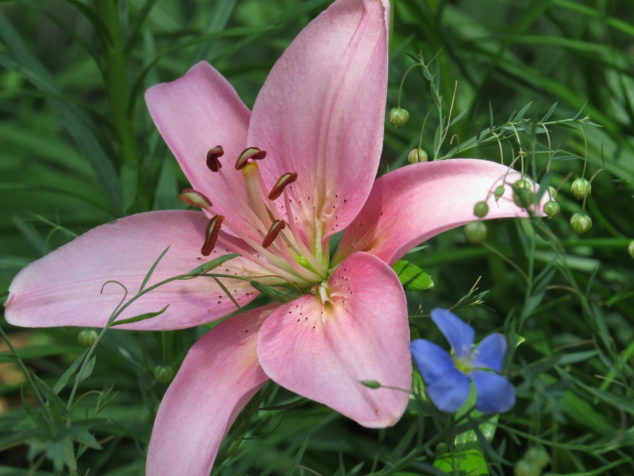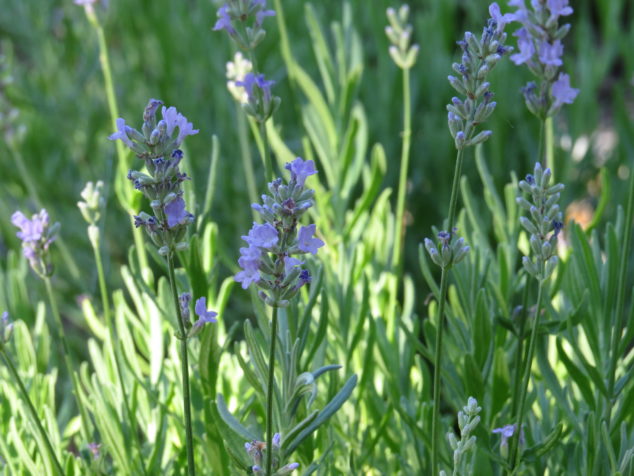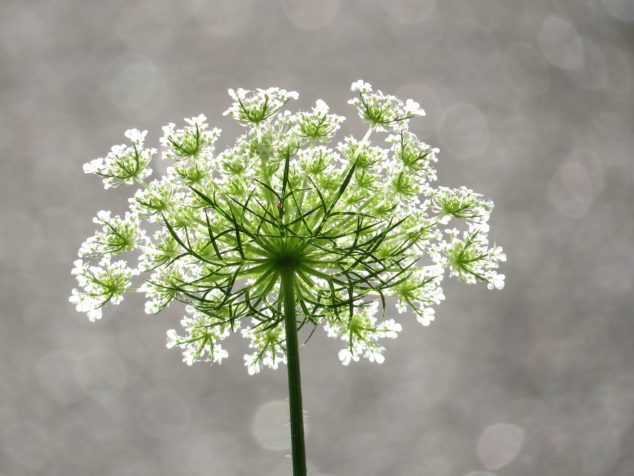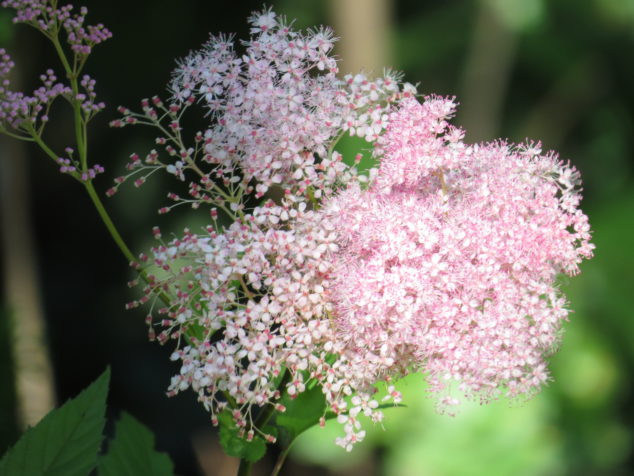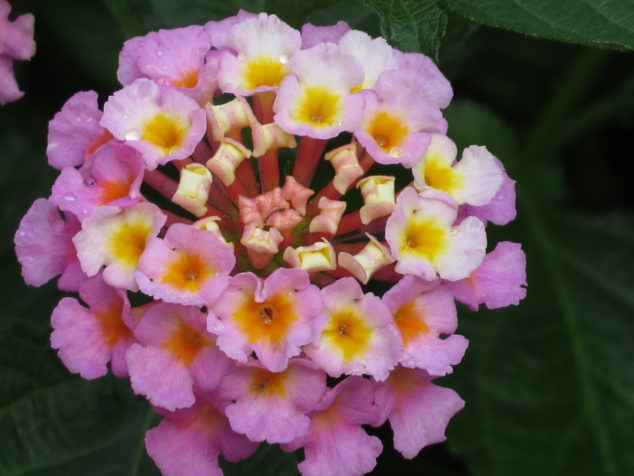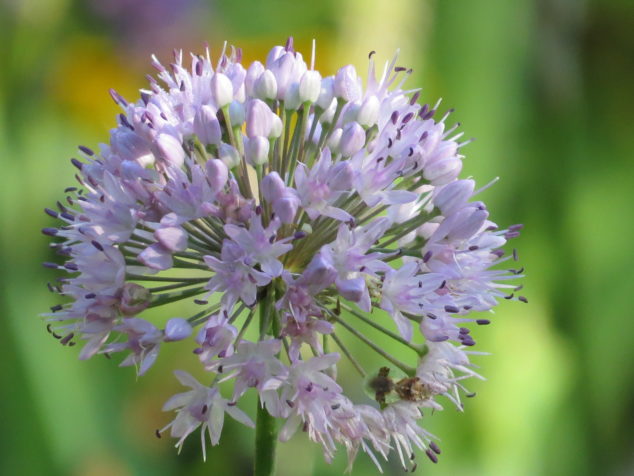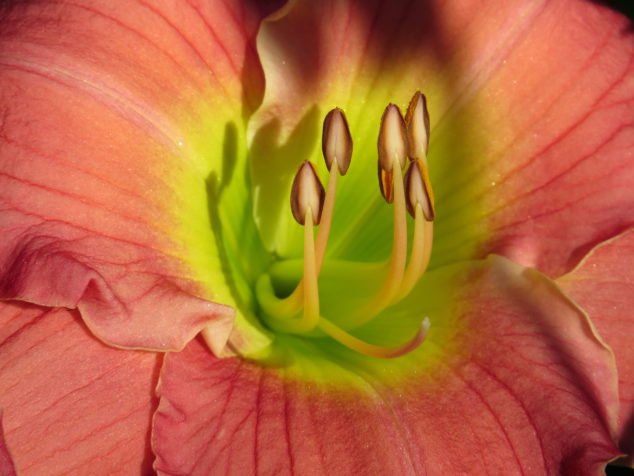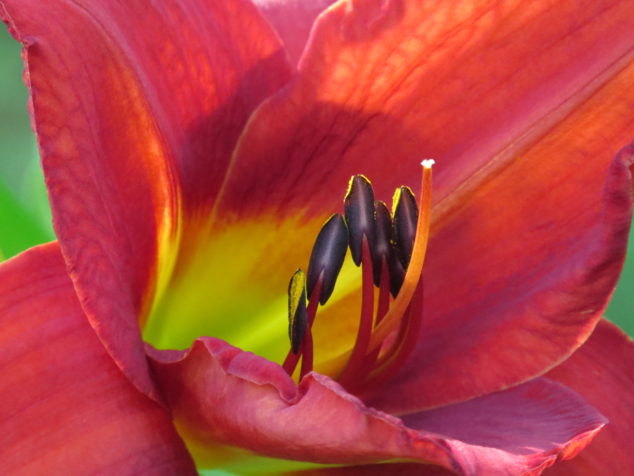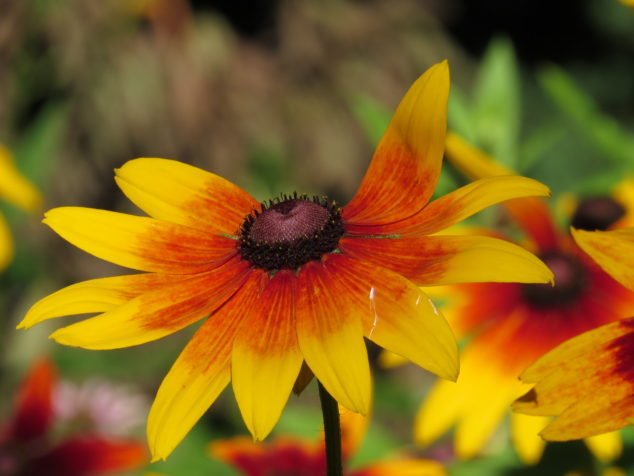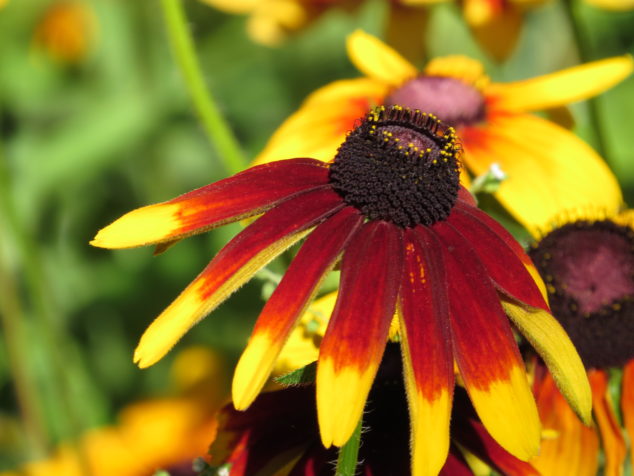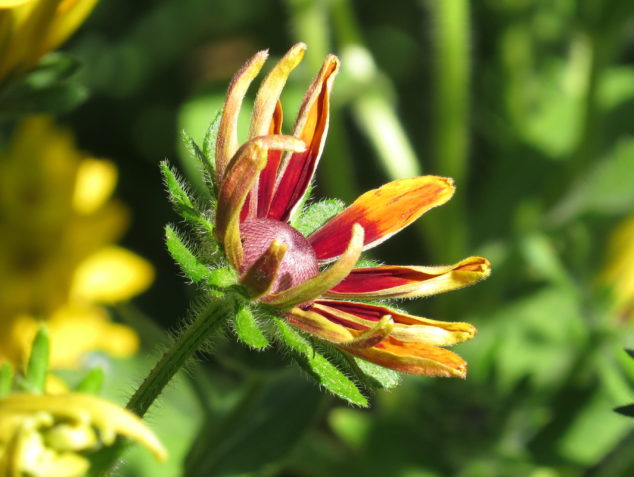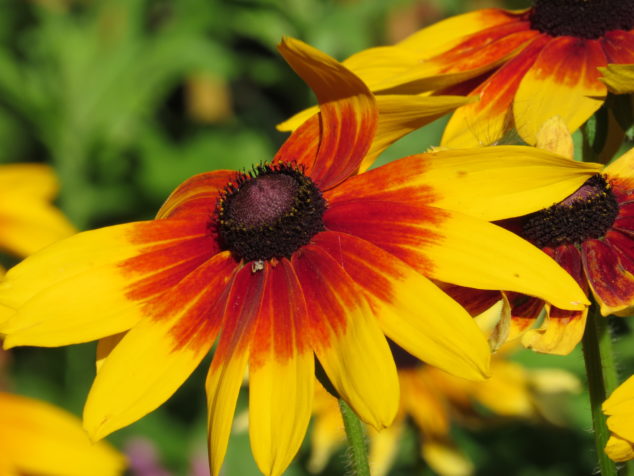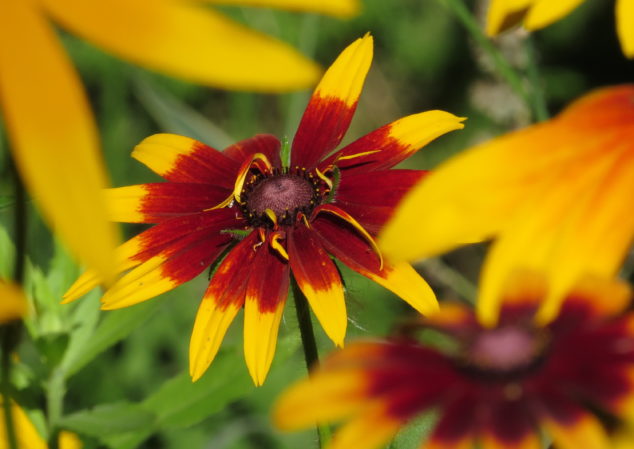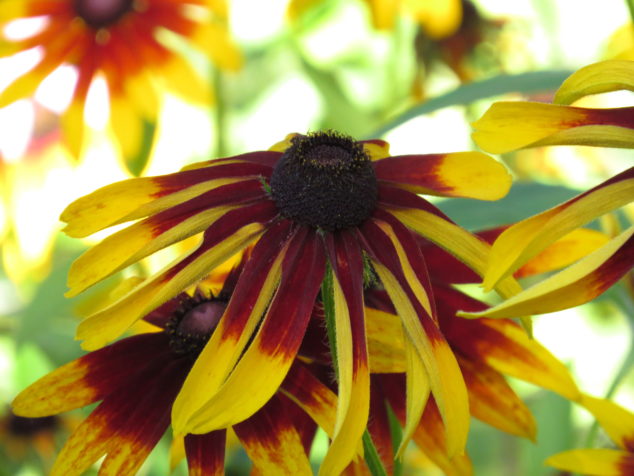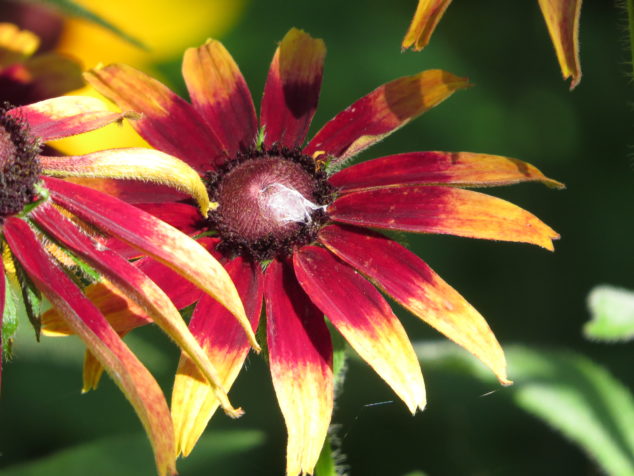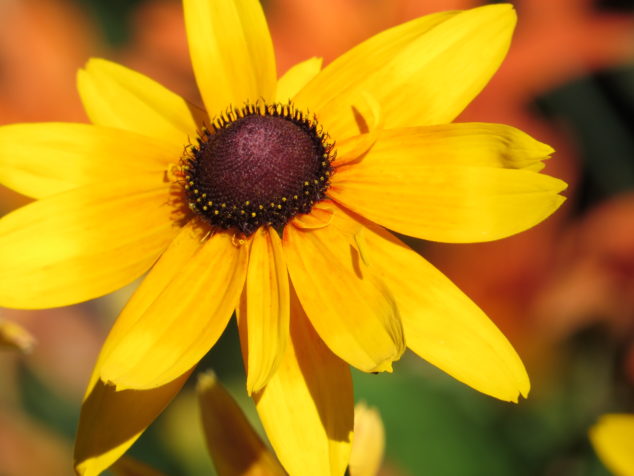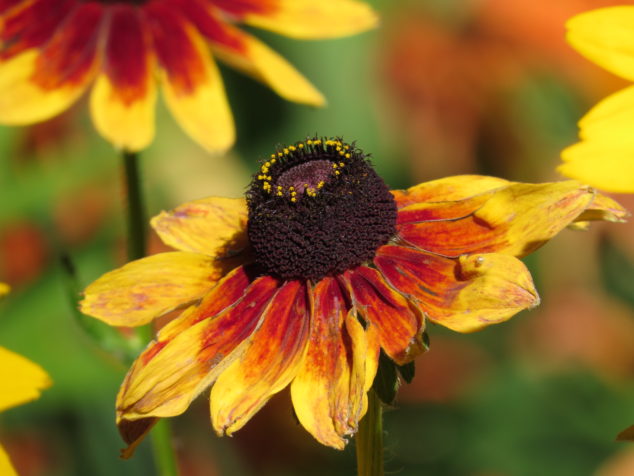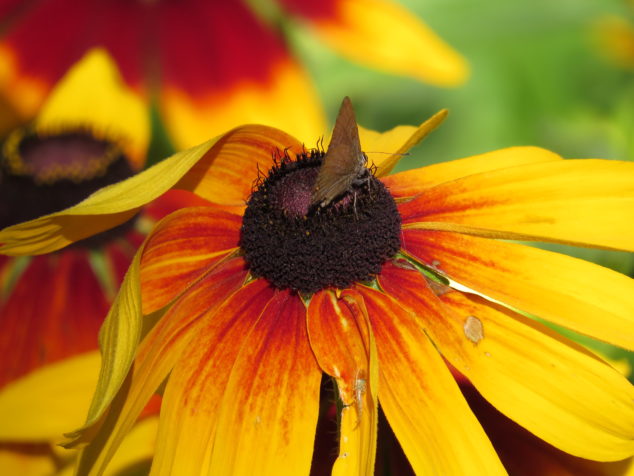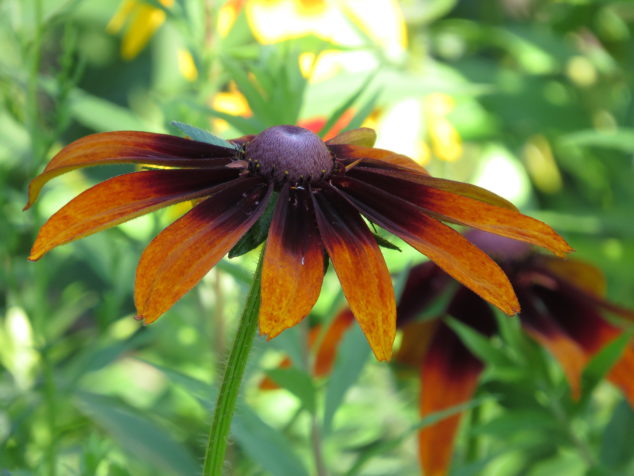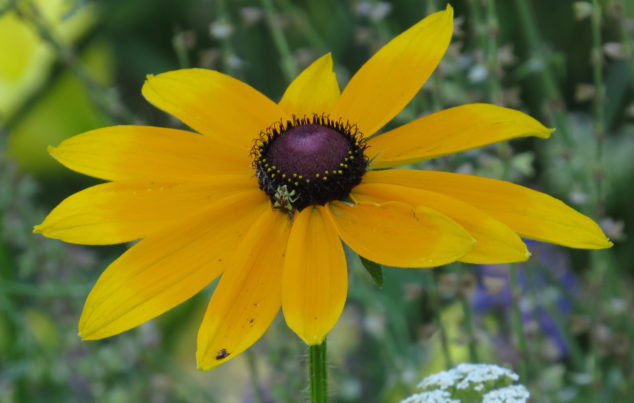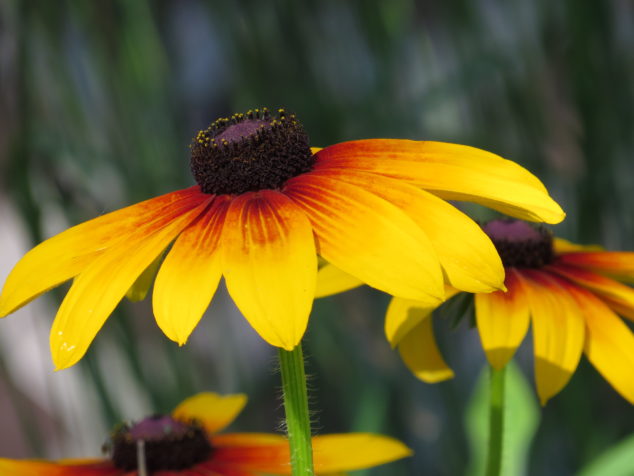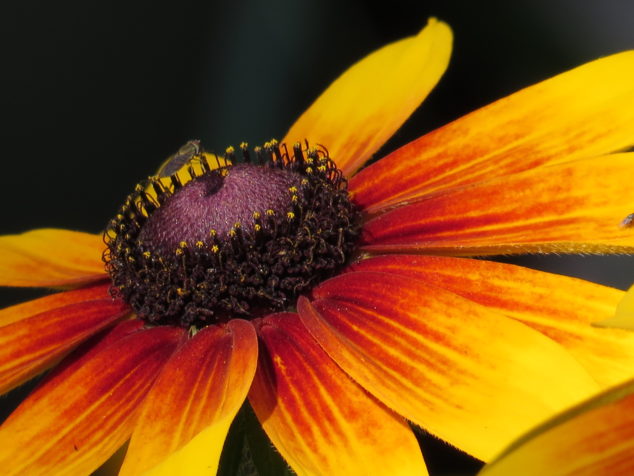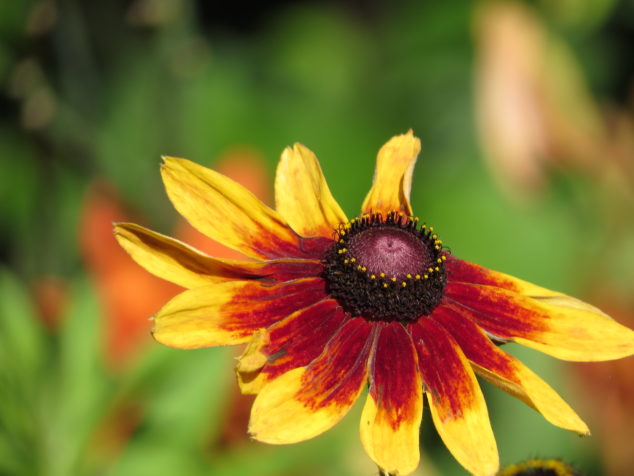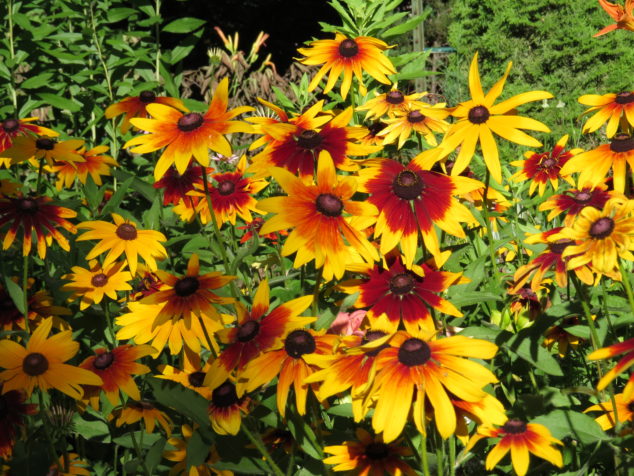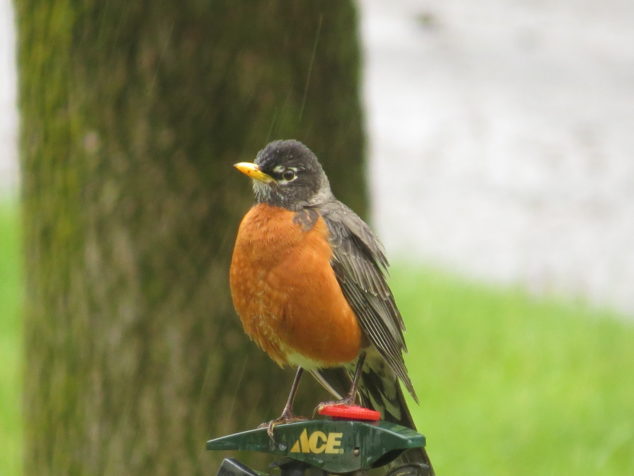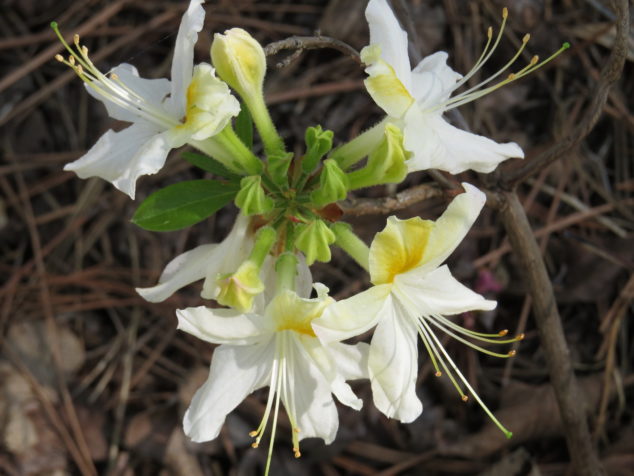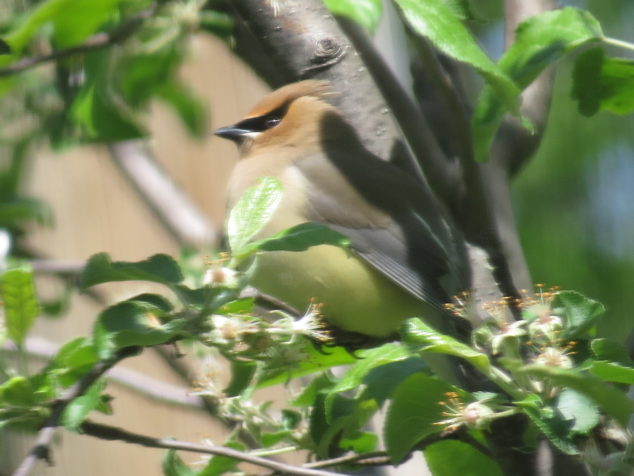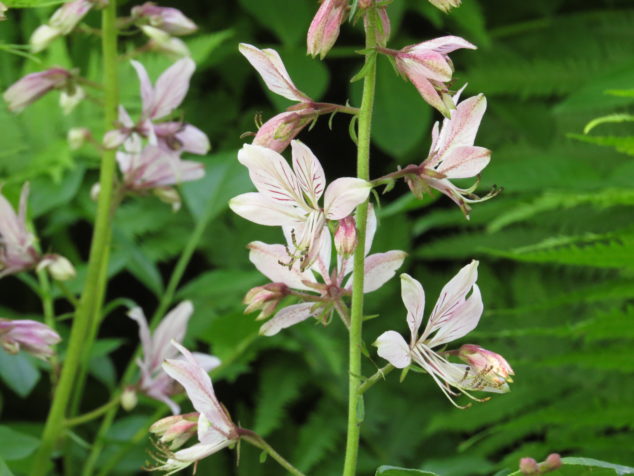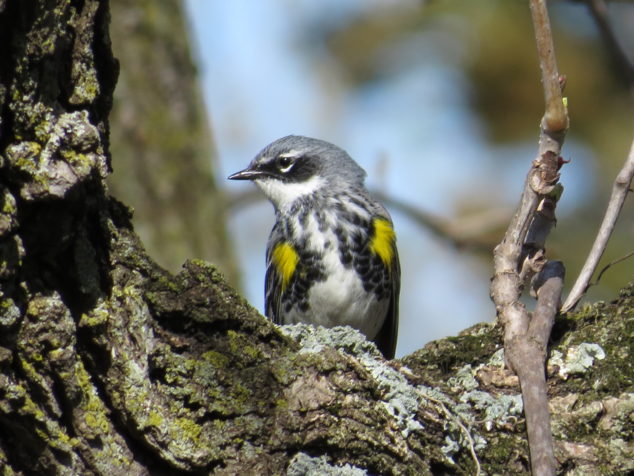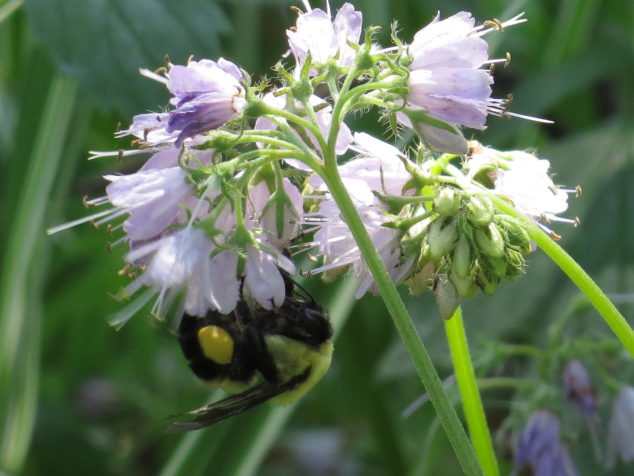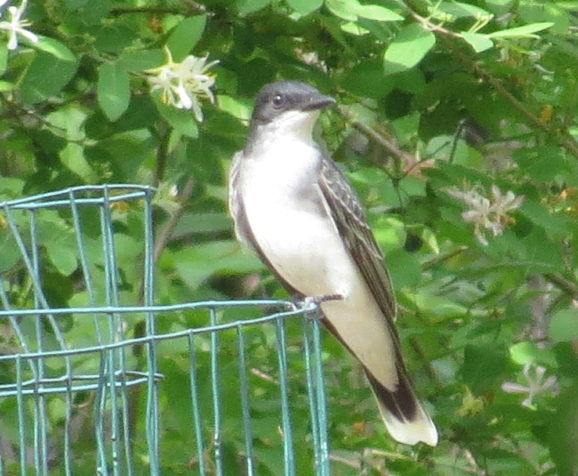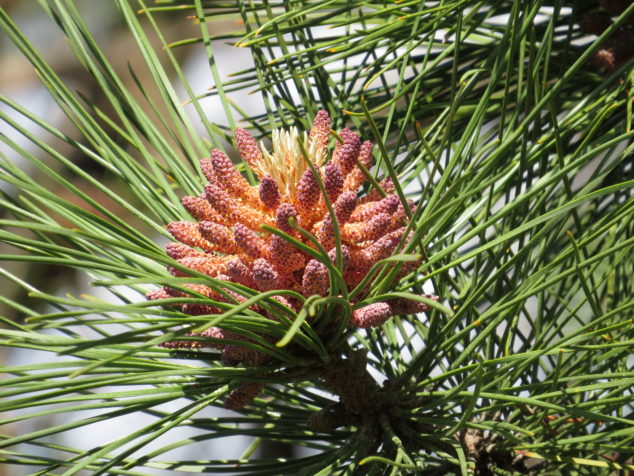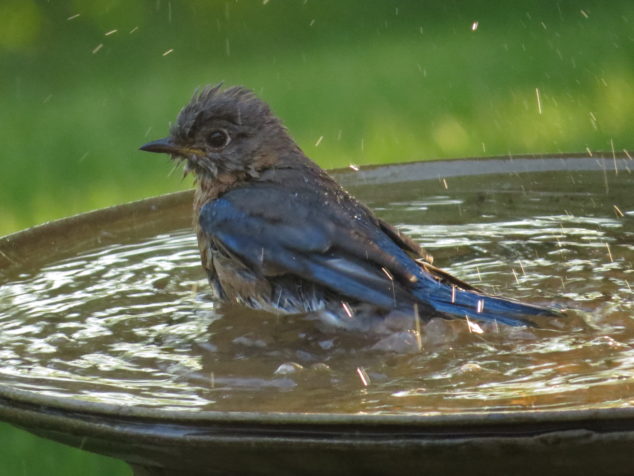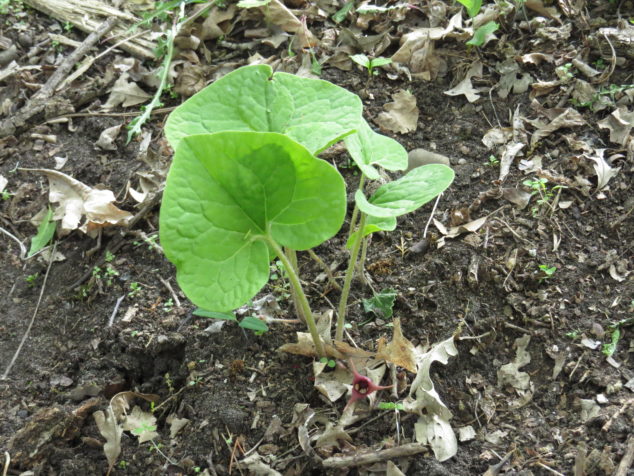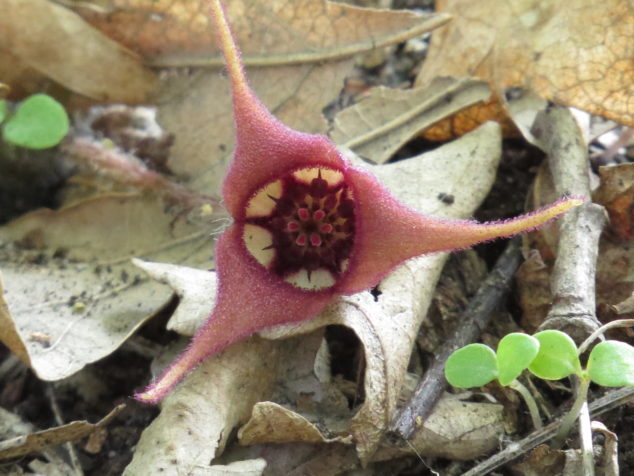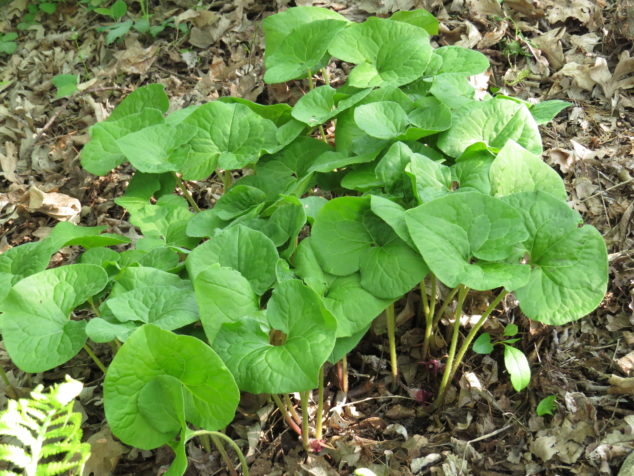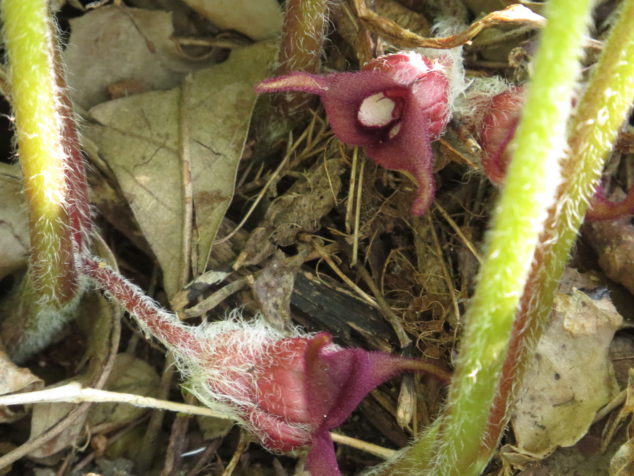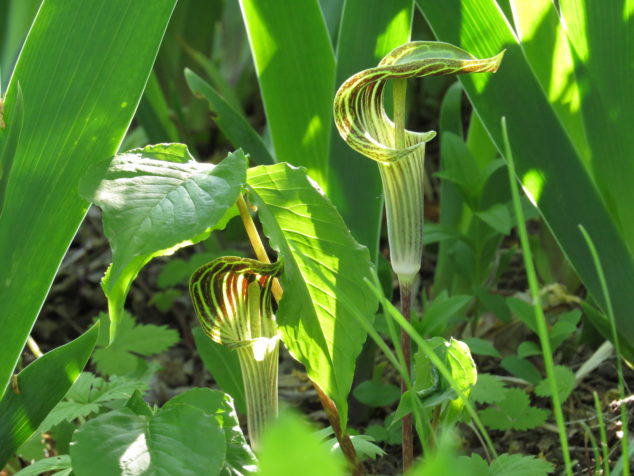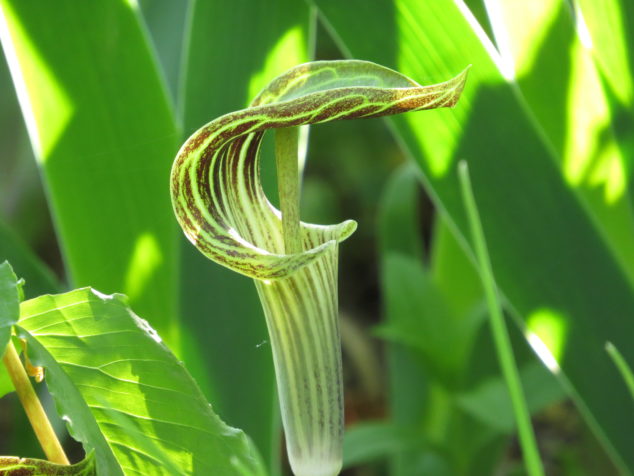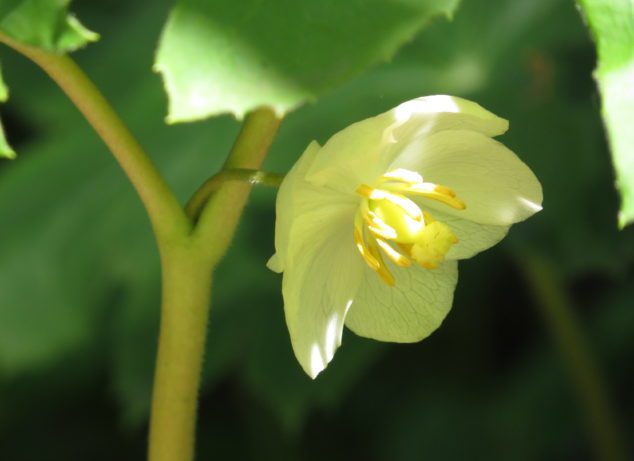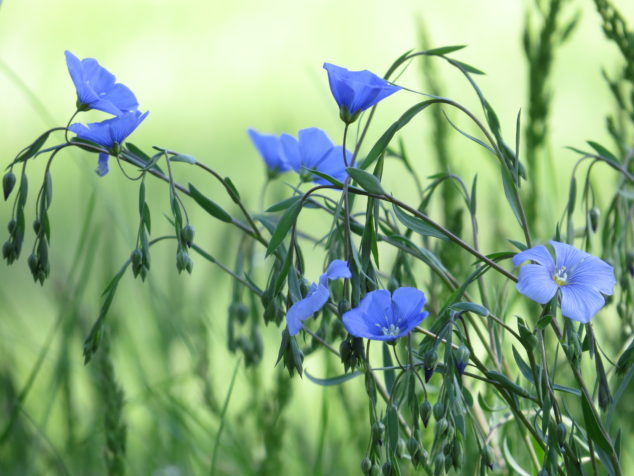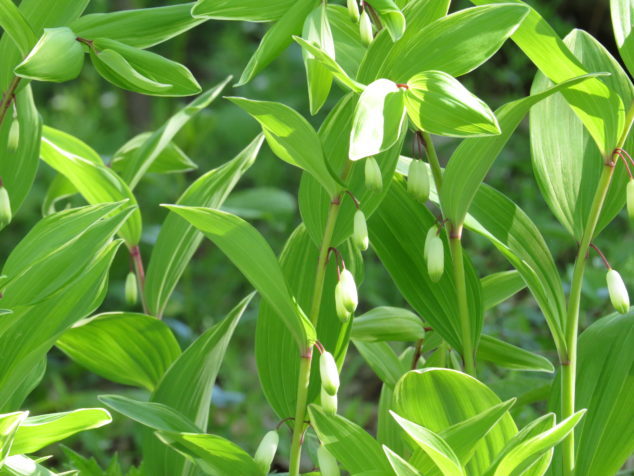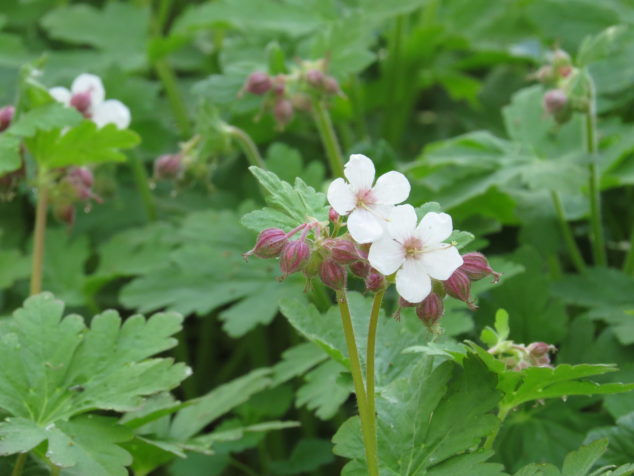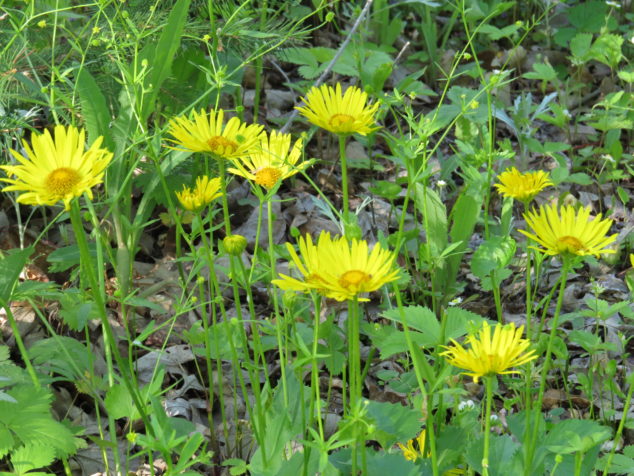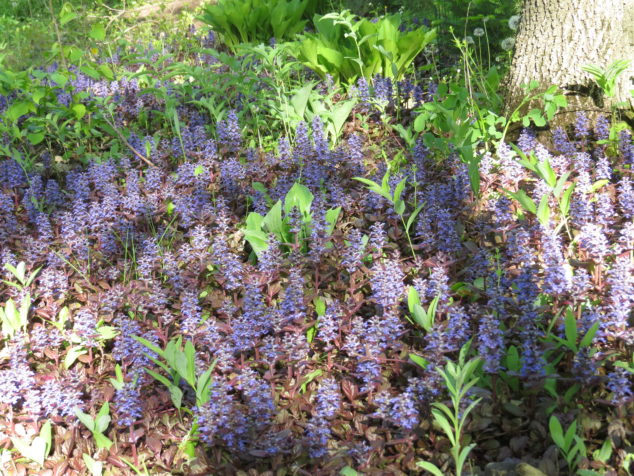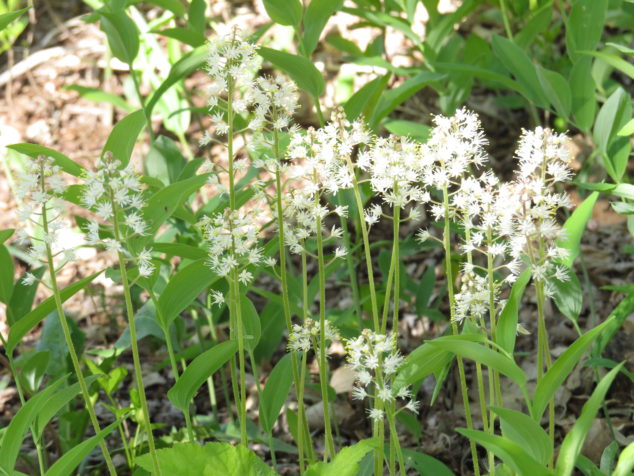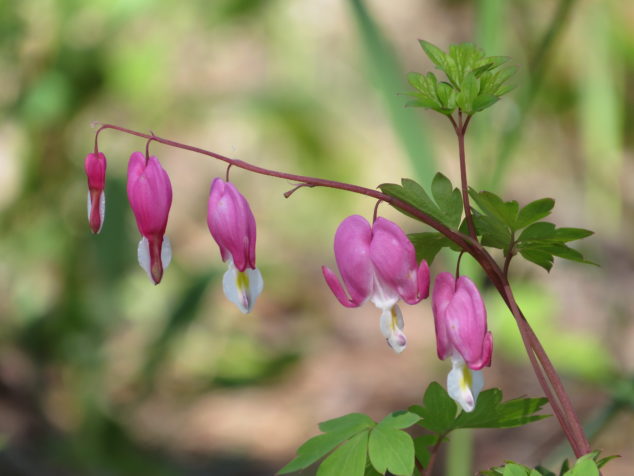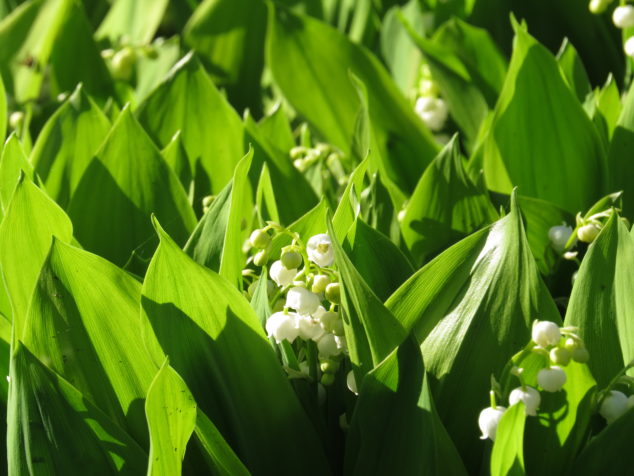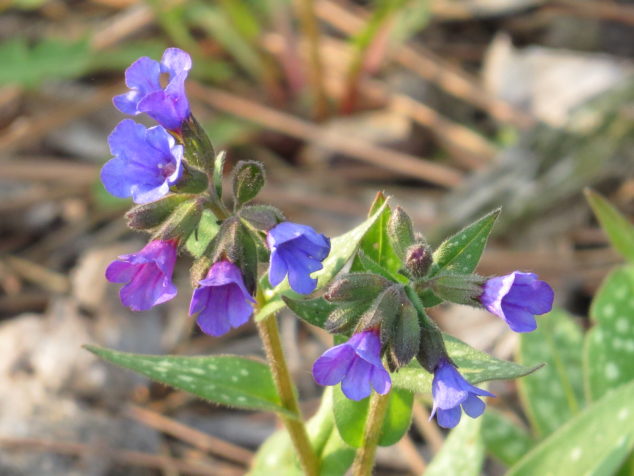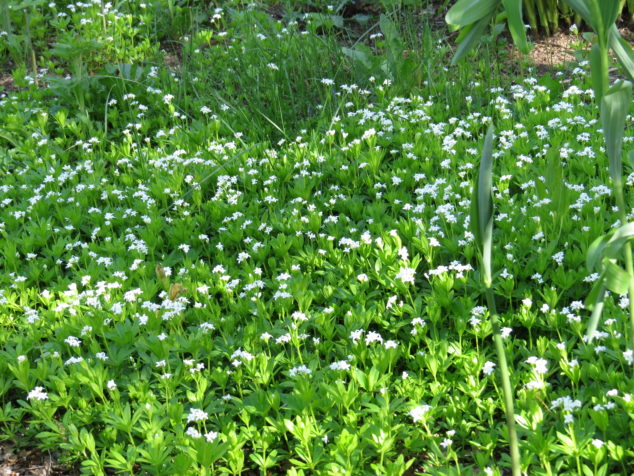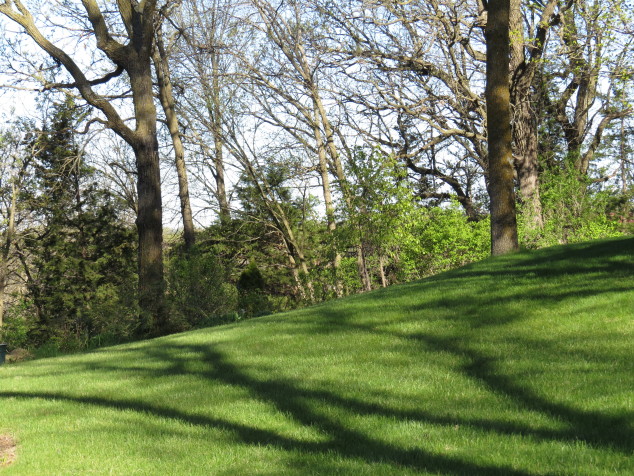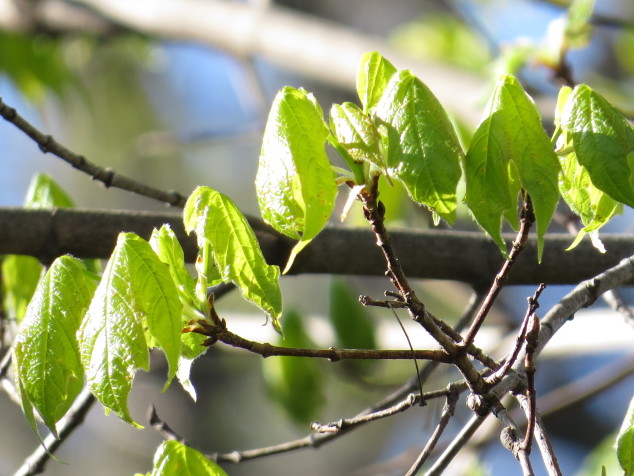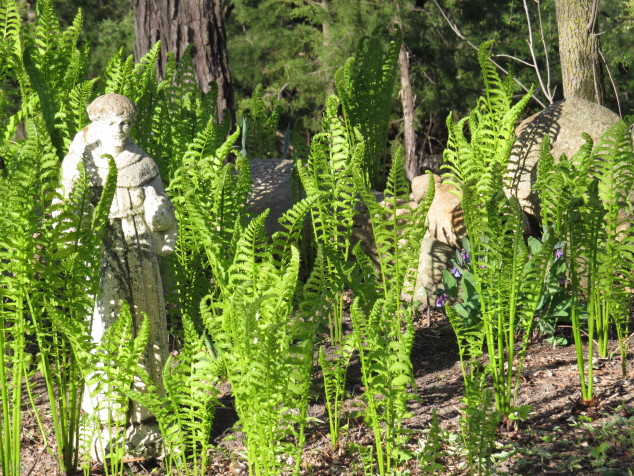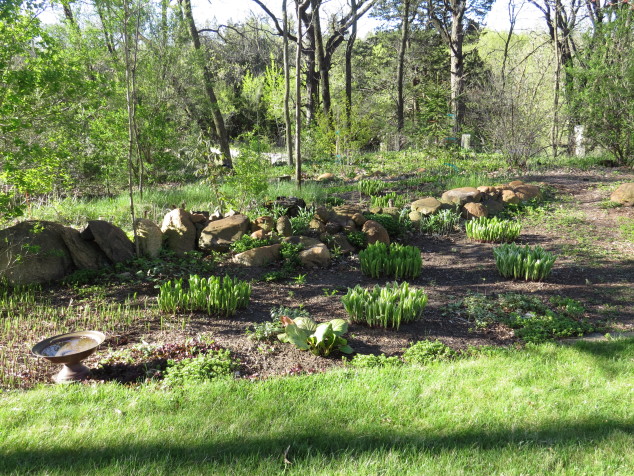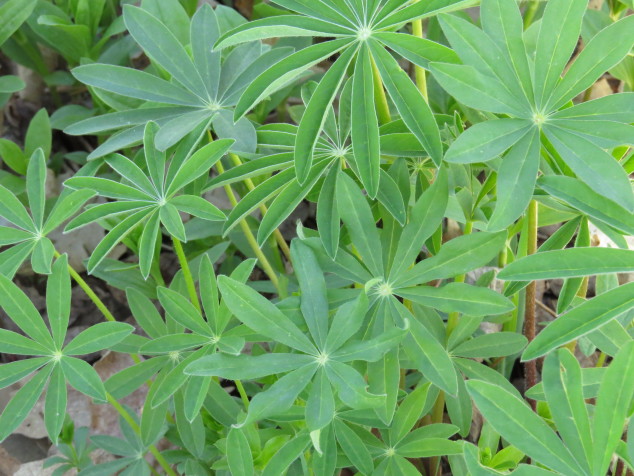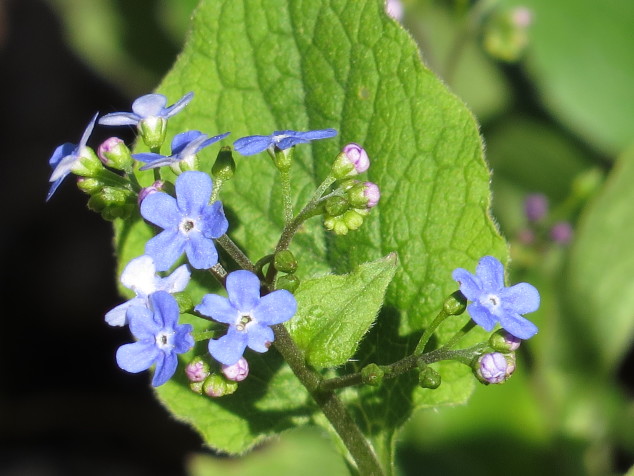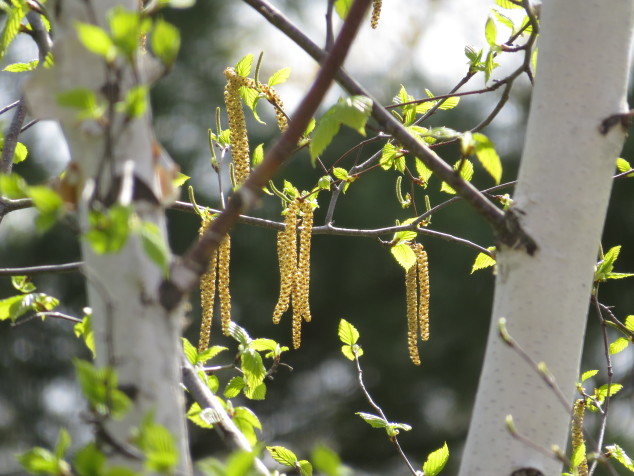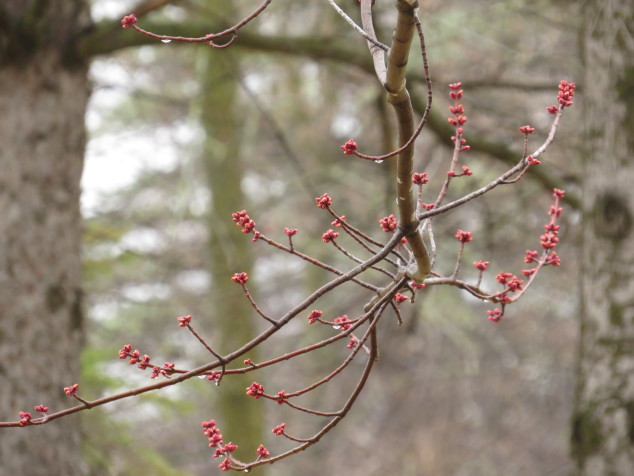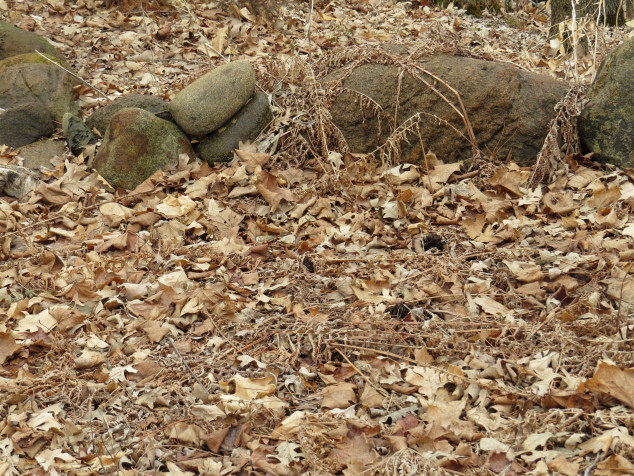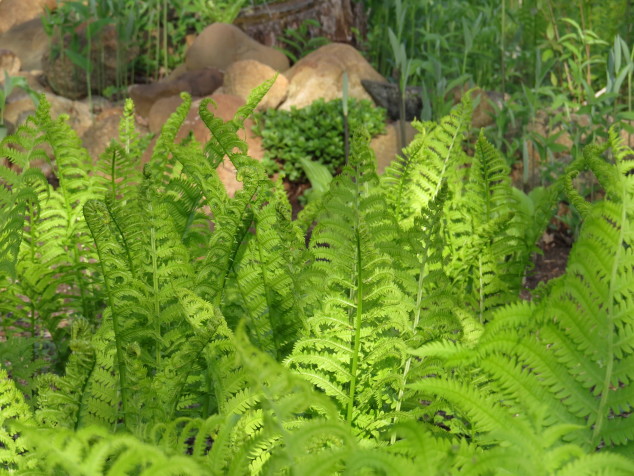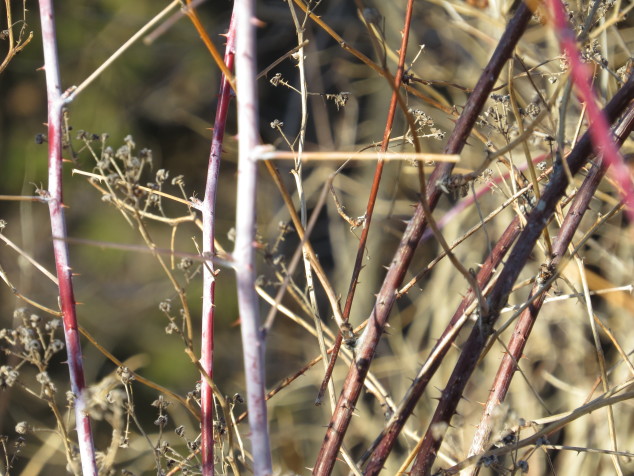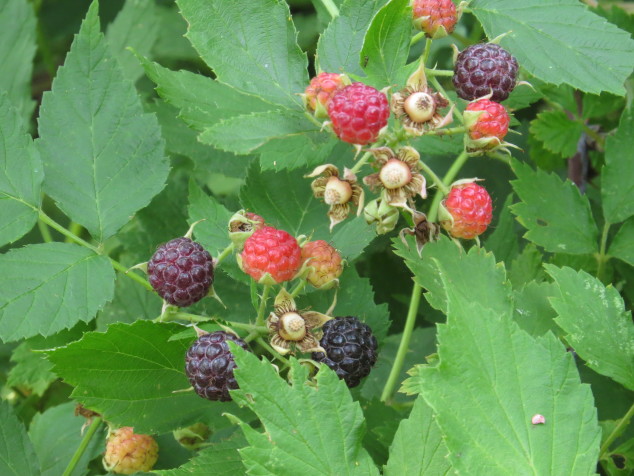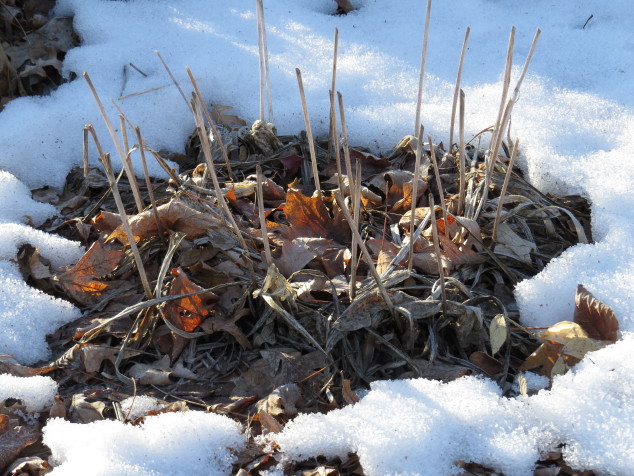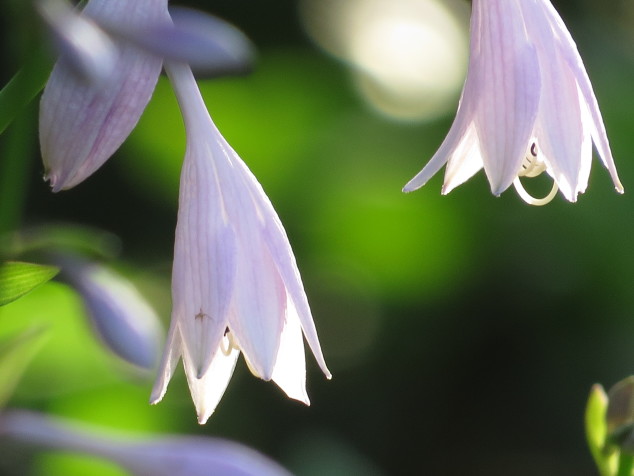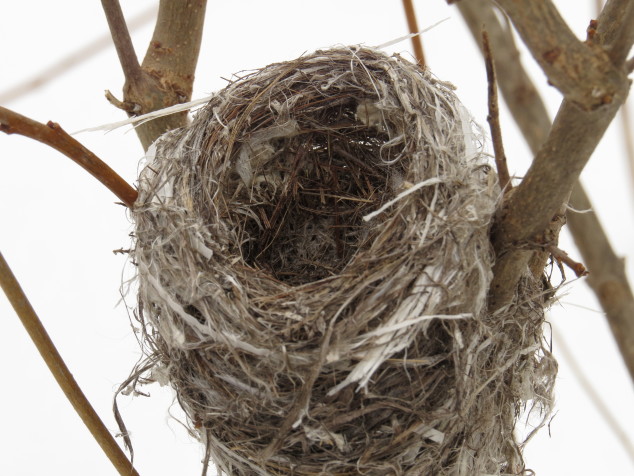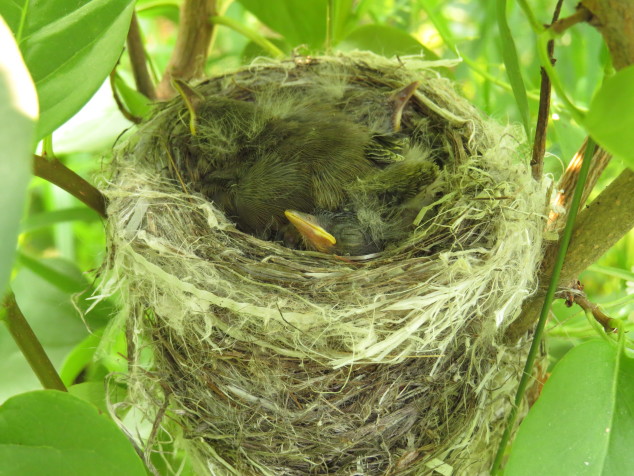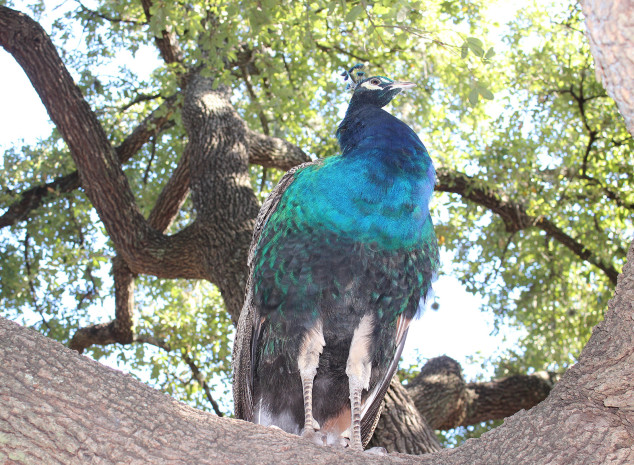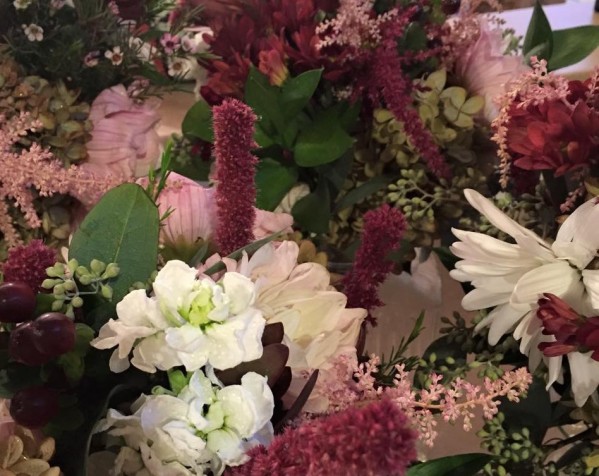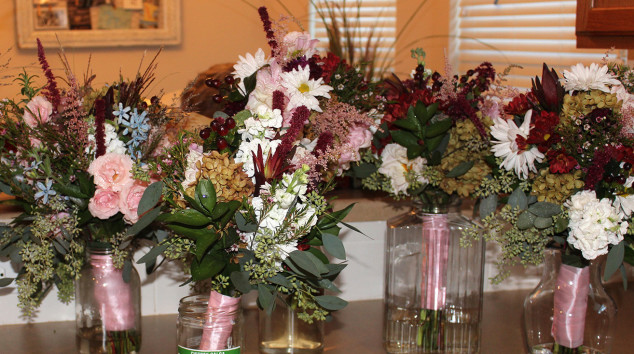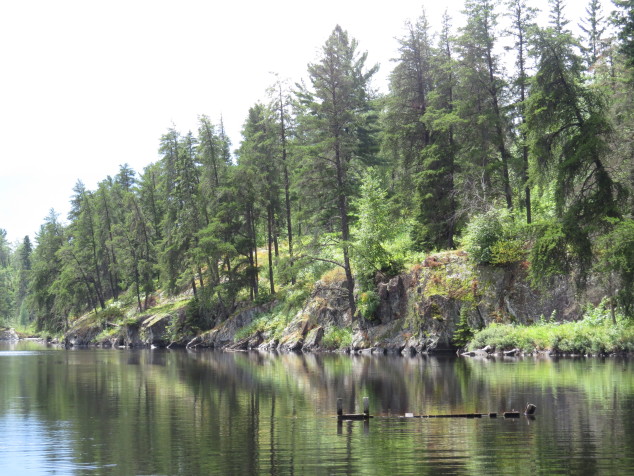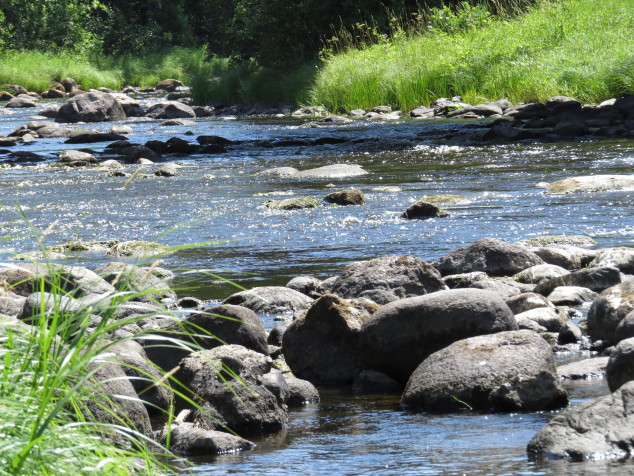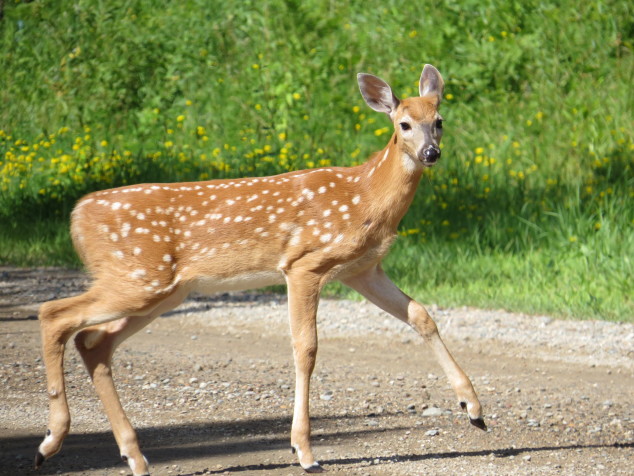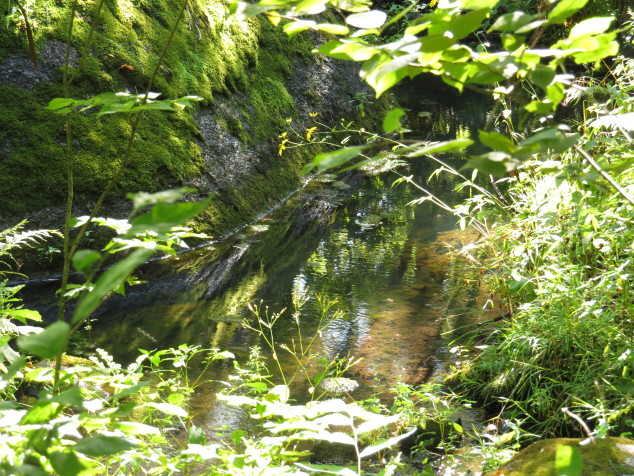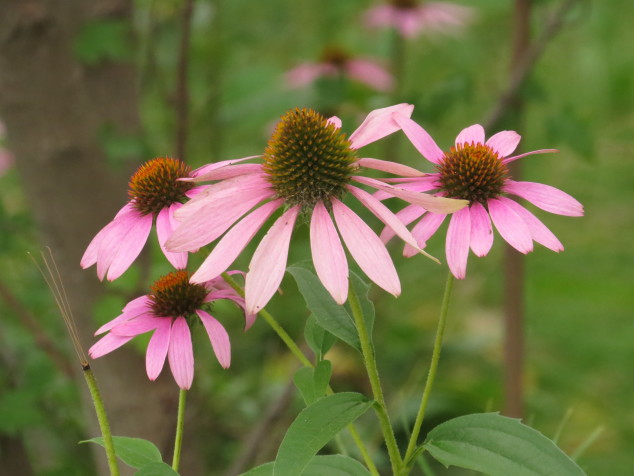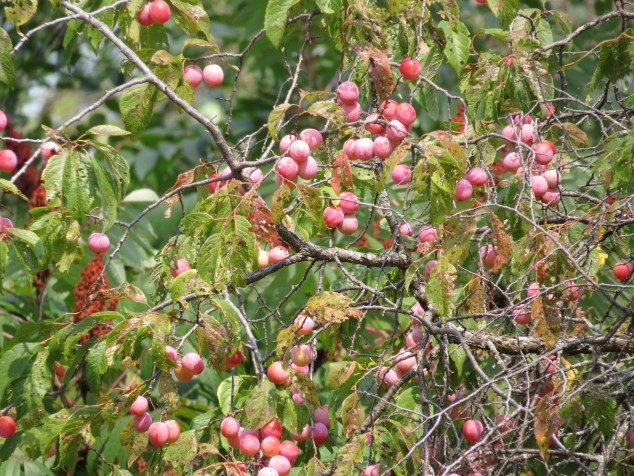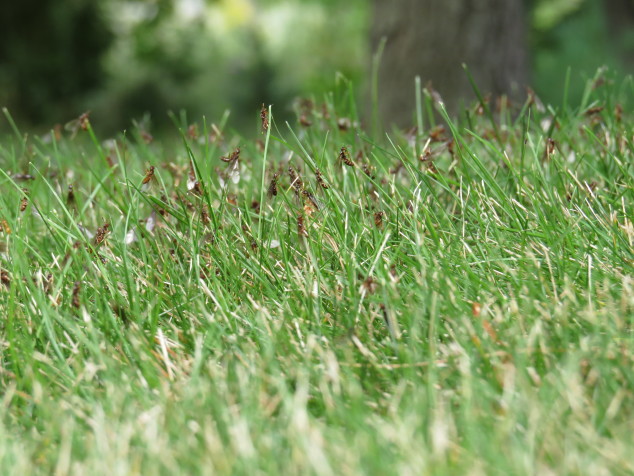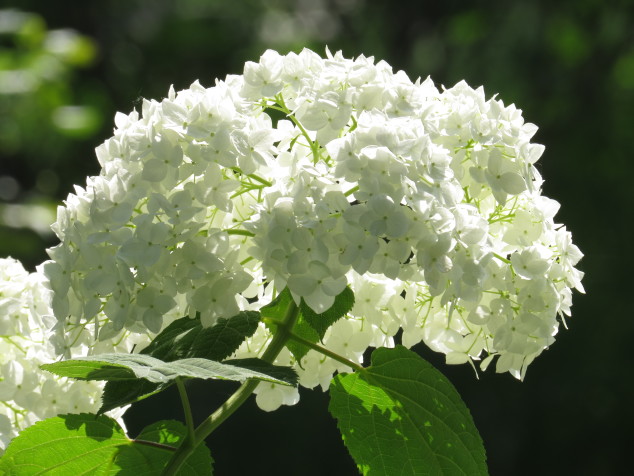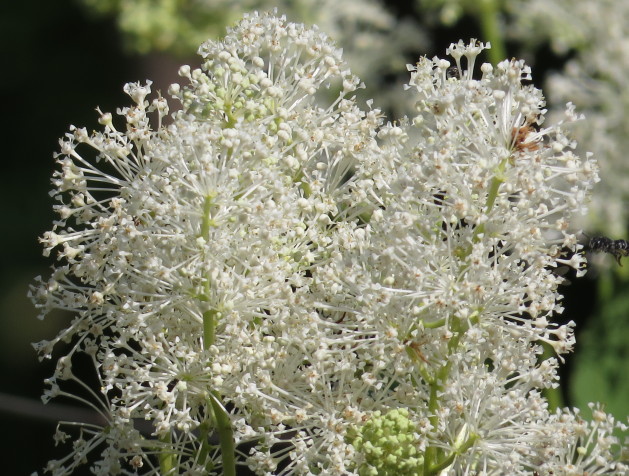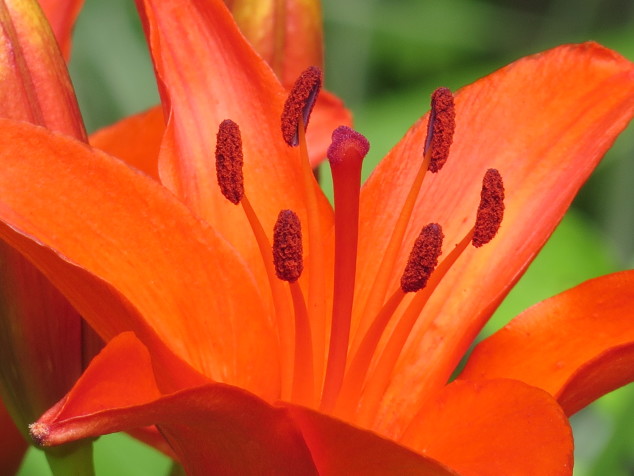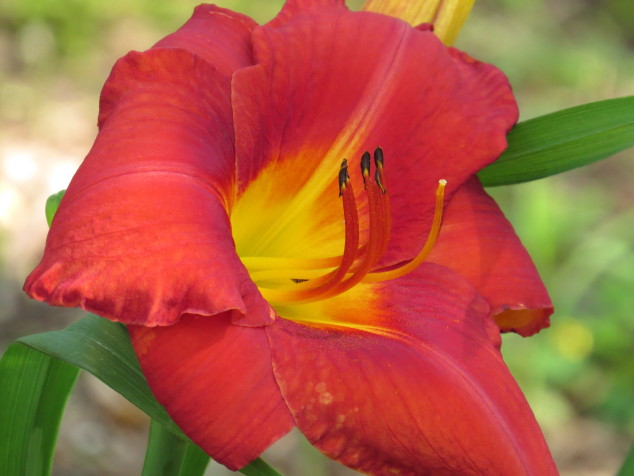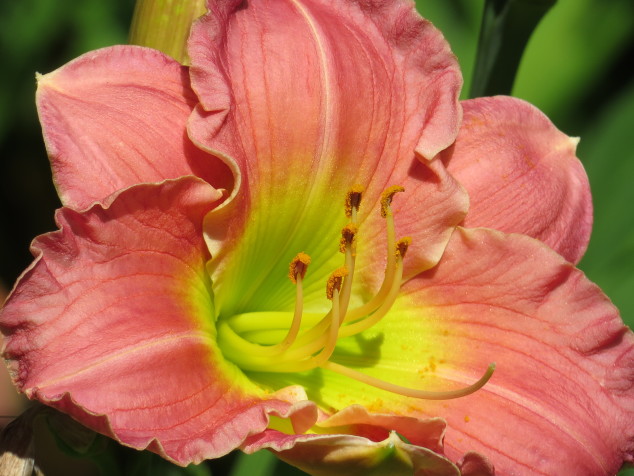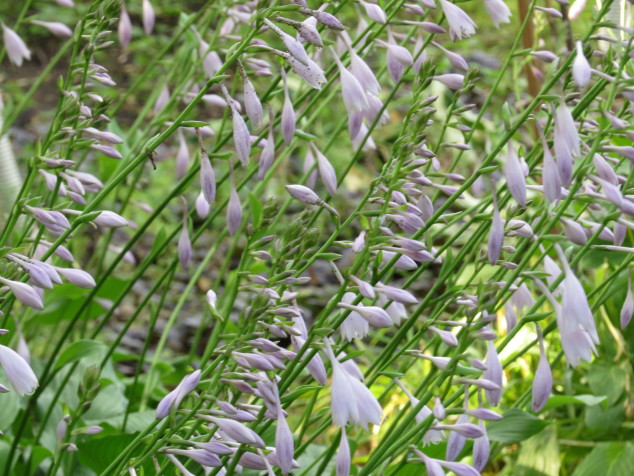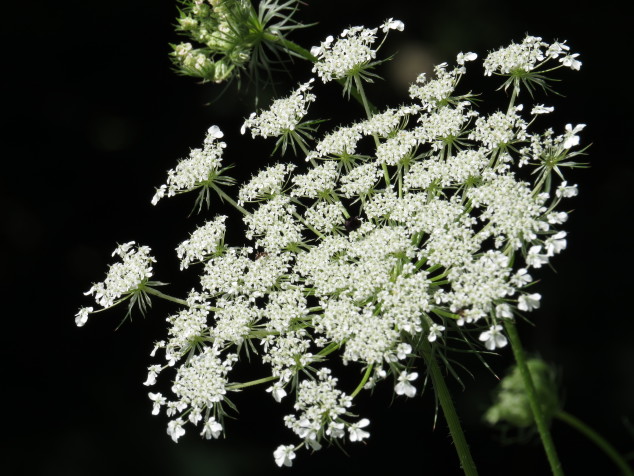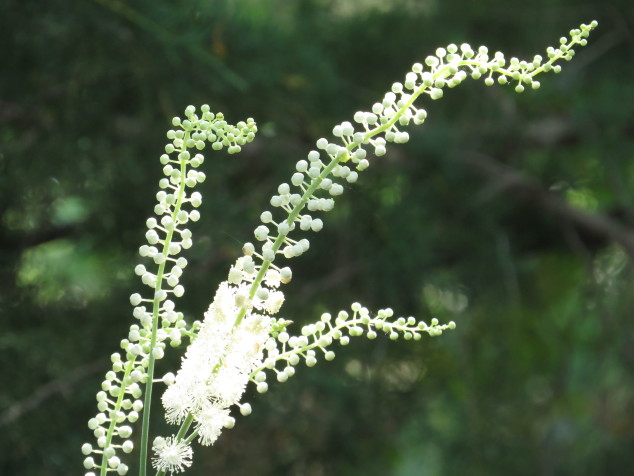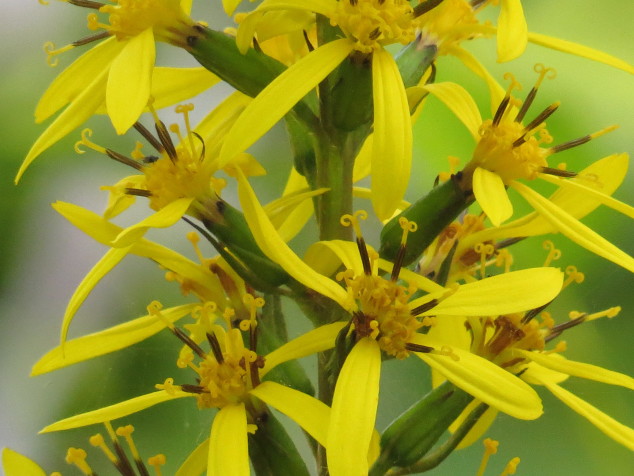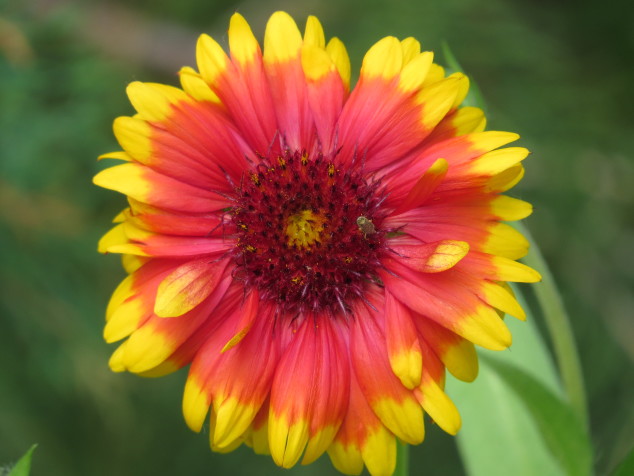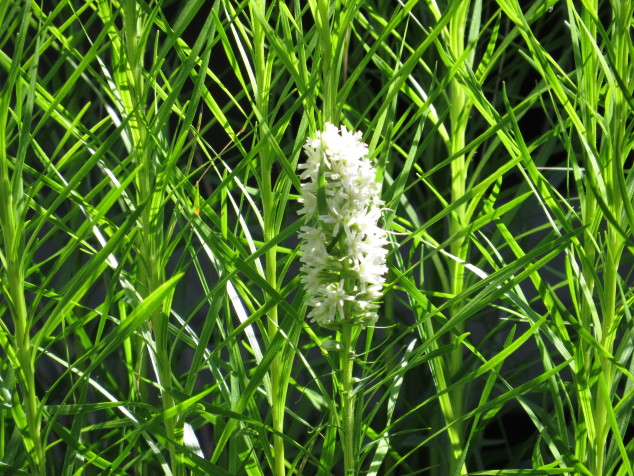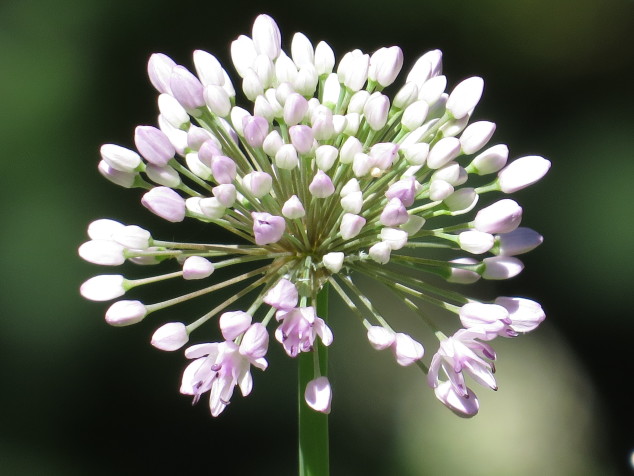Where flowers bloom, so does hope. –Lady Bird Johnson*
We were married on a glorious day in the middle of May, and three weeks later I received a dozen red roses from my new husband for my birthday! It was the first time I had ever been given a dozen roses, and I remember how carefully I unwrapped the double layer of tissue paper in the long, white box to see the velvety red flowers. We have a photograph of that young, smiling, newlywed me holding the box full of roses. Four, six, and ten years later my husband gave me and each of our sweet newborn children an exquisite arrangement from the fabulous Licata’s Flowers, now in Lee’s Summit, Missouri. I know there must have been a few other times that Chris surprised me with flowers, but store-bought flowers quickly fell to the bottom of our priority list.
You’ve heard the saying “Give a man a fish and you feed him for a day; teach a man to fish and you feed him for a lifetime,” haven’t you? The same goes for a woman and flowers. In every place we have lived, my horticulturist husband has planted perennials, annuals, and flowering shrubs in abundance. From early spring until late fall I can look out most any window of our house and see flowers blooming! July is peak season, and I have included some of what’s blooming in our gardens.
A pink Asiatic Lily found its way into my prairie garden this year. It looked pretty with the Blue Flax flowers.
Lavender has beautiful gray-green foliage and spikes of lavender flowers, all with a delicious, relaxing fragrance.
Queen Anne’s Lace floats on long, slender stems along the east side of our yard. They tip their heads to greet the morning sun.
I like how this single stem of Queen of the Prairie, which lies partly in the shade of a neighboring shrub, shows the progression of tightly closed buds to fully open, frothy pink blossoming.
Lantana is an annual in Minnesota–one that I try to keep alive inside during the long winter. Look at how each tiny flower in the cluster unfolds from a rectangular envelope.
Allium, commonly called ornamental onion, comes in all sizes in mostly shades of purple. It shares space with a bright yellow Daylily and the second blooming of Perennial Blue Salvia.
Purple Coneflower, a prairie wildflower, begins to open, complementing the Queen Anne’s Lace.
Daylily flowers, slowly opening in the morning light, grace us with their beauty for only one day. The curved stamens look like candles with their flames aglow.
Getting a bouquet of flowers from anyone makes a person feel special–I smile just thinking about those times. But there is also something amazing about walking outside into the yard with scissors or pruners in hand and choosing my own bouquet. I greet the morning sun along with the flowers and walk through the dewy grass in my blue rubber boots. The birds are chirping, and the poplars are gently singing. Sometimes my bouquet is a tiny gathering of fragrant Lily of the Valley that I put in a small, old bottle by the kitchen sink. Other times I collect long stems of Lilies, Rudbeckia, Phlox, Baby’s Breath, and ornamental grasses and arrange them into a large, heavy vase. It is a sweet and satisfying act of love for myself, my family, and anyone who comes into our home. I am grateful to my husband and to Mother Nature for giving me flowers to share space with every day for so many months of the year.
*Lady Bird Johnson along with Helen Hayes founded the Lady Bird Johnson Wildflower Center the year Chris and I were married.
